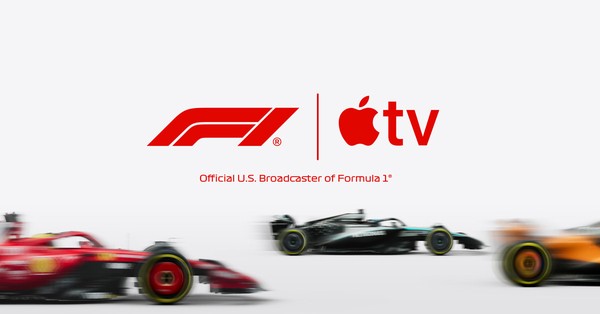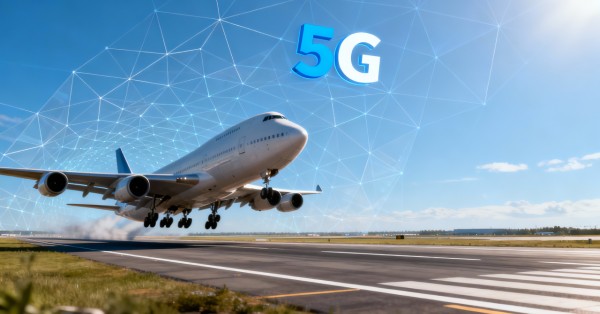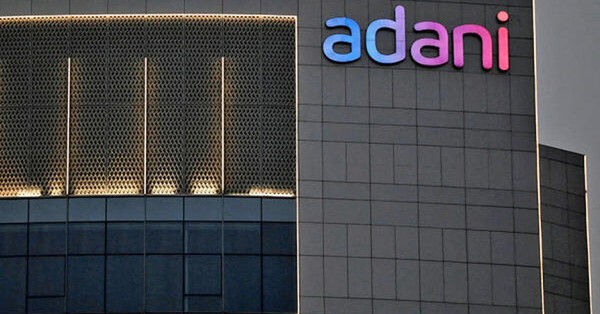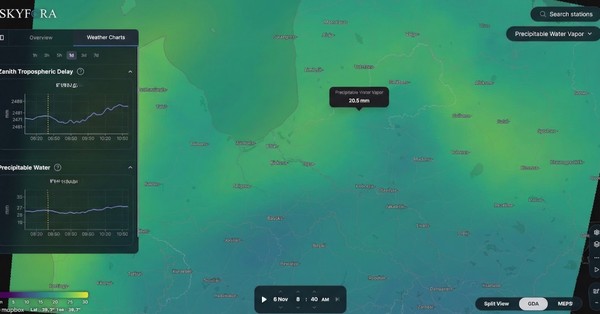Apple TV’s exclusive U.S. F1 streaming deal: impacts on networks, streamers, and fans
Apple has secured a five-year deal to stream every Formula 1 session in the U.S., a move that will reshape live-sports distribution, traffic patterns, and product strategy across the streaming and telecom ecosystem.
Key terms: 5-year U.S. exclusivity, 2026 start, free sessions
Starting with the 2026 season, Apple TV becomes the exclusive U.S. home for Formula 1, covering every practice, qualifying, Sprint, and Grand Prix for Apple TV subscribers. Apple says select races and all practice sessions will be available free in the Apple TV app, extending reach beyond the paid tier. F1 TV Premium remains available in the U.S., delivered via an Apple TV subscription and included for subscribers. Apple will also amplify coverage across Apple News, Apple Maps, Apple Music, Apple Fitness+, and the Apple Sports app, which will feature live updates, leaderboards, standings, Live Activities on iPhone, and a dedicated widget.
The partnership builds on Apple’s growing F1 footprint—especially the breakout success of F1 The Movie—and lands just as the sport enters a 2026 rules reset. Expect new storytelling, deeper data overlays, and tighter device integration as Apple leverages its services stack.
Timing: U.S. F1 growth and 2026 rules reset
Live sports is the last true appointment TV. With subscriber acquisition costs rising and churn pressure increasing, premium sports rights are a retention engine and a flywheel for bundles. The timing aligns with F1’s expanding U.S. fan base and the 2026 technical overhaul, which should spike interest and viewership.
Network readiness for large-scale F1 streaming
This deal will generate concentrated, predictable peaks in weekend traffic and raises the bar for low-latency, high-reliability delivery across fixed and mobile networks.
Multi-view, 4K/HDR, and low-latency targets
F1 drives “always-on” multi-feed engagement: onboard cameras, driver radio, timing screens, and multiple angles. If Apple offers 4K/HDR with spatial audio and multi-view, operators should plan for step-function growth in sustained bitrates per household. Low-Latency HLS (LL-HLS), CMAF, and HTTP/3/QUIC will be critical to keep glass-to-glass delay competitive with broadcast while preserving quality under congestion.
CDN, peering, and open caching strategy
Apple operates a large first-party CDN and augments with major CDN partners. ISPs should proactively review interconnect capacity, placement of edge caches, and traffic engineering for weekend spikes linked to global race schedules. Open caching models (e.g., Streaming Video Alliance guidelines) can reduce backbone strain and improve QoE. Multi-CDN failover and granular traffic steering will be essential for resilience during marquee events.
5G, MEC, and in-venue capacity planning
On mobile, 5G SA with traffic prioritization and MEC-based caching can improve session stability and startup time, especially for multi-view. In-venue demand at U.S. races will stress Wi‑Fi 6E/7 and private 5G deployments; operators should audit uplink capacity for user-generated content and deploy intelligent QoS for live app experiences and AR overlays.
Product features, data overlays, and monetization
Apple is poised to blend premium production, second-screen data, and services tie-ins into a differentiated, cross-device viewing experience.
Feature roadmap: multi-view, telemetry, spatial audio
Expect multi-view, driver POV channels, interactive timelines, and expanded telemetry. Apple’s Sports app can anchor real-time stats and personalized alerts across iPhone and Apple Watch, while tvOS can deliver synchronized overlays on the big screen. Spatial audio, dynamic camera switching, and highlights generated from on-car data are logical additions. F1’s longstanding analytics partnership with hyperscale cloud providers will shape the data story fans see on Apple platforms.
Business model: Apple TV inclusion and Apple One bundles
Unlike Apple’s dedicated MLS package, F1 is positioned as part of the Apple TV subscription with added free access to practice and select races—an acquisition lever for Apple’s broader services bundle. Inclusion of F1 TV Premium via Apple TV strengthens the value proposition for hardcore fans who want deeper feeds and archival content. Watch for Apple One bundle tie-ins, device promotions, and year-round engagement built around documentaries, music integrations, and fitness content.
Sponsorship, interactive ads, and privacy-centric measurement
Even if Apple maintains a premium, low-ad experience, expect new sponsorship inventory via branded data segments, shoulder programming, and interactive placements in companion apps. First-party analytics across Apple devices will provide granular attention metrics, while privacy guardrails remain a differentiator versus ad-heavy rivals.
Strategic impacts across distribution, devices, and broadband
The shift of a global rights property into a single tech platform will ripple through distribution, devices, and the broadband core.
Actions for operators and ISPs
Model race-weekend traffic with 4K and multi-view assumptions; expand peering and regional cache capacity with Apple and key CDNs; deploy automated QoE monitoring for rebuffering, bitrate stability, and latency. Upgrade home Wi‑Fi to Wi‑Fi 6E/7 with intelligent channel management, and prepare support playbooks for game-day issues. Avoid blunt zero-rating; align with net neutrality and focus on experience-based differentiation.
Guidance for device OEMs and TV platforms
Ensure the Apple TV app on smart TVs supports the full feature set (multi-view, HDR variants, low-latency modes). Optimize HDMI 2.1 paths for 4K/60 HDR and eARC for spatial audio. Remote shortcuts and content discovery integrations will matter for engagement during live events.
Implications for media and rights holders
Platform exclusivity is accelerating. Owning the end-to-end product and data loop increases lifetime value per fan. Future negotiations will prize year-round content, cross-service promotion, and deeper data rights to power interactive features.
What to watch next for Apple’s F1 rollout
Execution details will determine whether Apple sets a new benchmark for live motorsport streaming in the U.S.
Technical specs: LL-HLS, 4K/HDR, device coverage
Look for clarity on resolution/HDR, LL-HLS adoption, multi-view availability, audio formats, device coverage, and accessibility features. Also watch for multi-CDN strategy and open caching collaborations with major ISPs.
Programming windows, free races, and pricing signals
Track how many races and which markets are free to watch, any regional blackouts, and if Apple modifies Apple TV or Apple One pricing tiers. Expect aggressive cross-promotion around the streaming debut of F1 The Movie and lead-ins to the 2026 rules era.
Competitive responses and consolidation watch
Monitor how incumbent sports networks respond with other rights, and whether big-tech streamers consolidate additional global motorsports or premium weekend properties. For enterprises, this is a bellwether: live IP delivery at scale is now the default, and network readiness is a board-level issue.








































